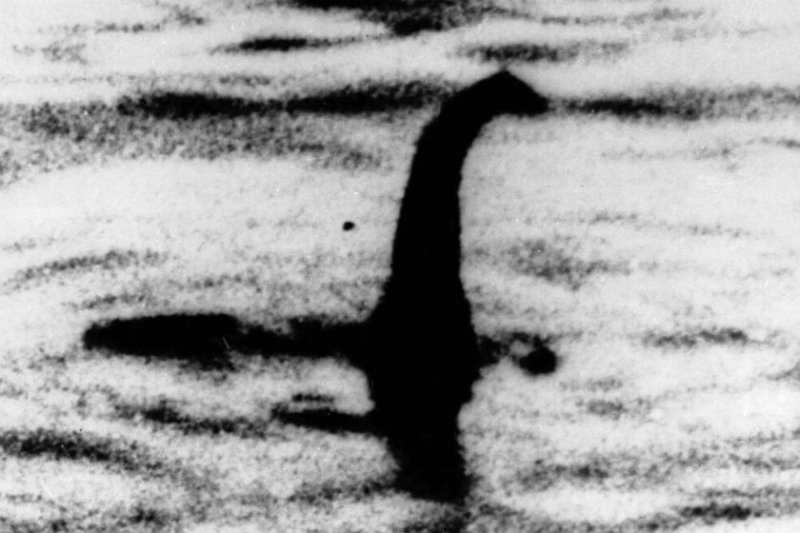It was a science story made for the headlines: a monster, more than a thousand years of mystery and maybe, finally, an answer.
Neil Gemmell had that potential for publicity in mind when he led a team of scientists to look for DNA from the elusive Loch Ness Monster — and again when that team announced [September 3] that a large eel could be behind all the speculation.
…
The DNA [from 250 water samples] allowed them to build a detailed picture of the creatures living in what Gemmell called “the world’s most famous body of water,” down to tiny bacteria. They found no evidence that the lake harbors a prehistoric reptile, and no DNA from sharks, catfish or sturgeons, some of the other animals put forth to explain the myth.
There was a lot of genetic material from eels, however.
…
Confronted at a news conference with the fact that the heaviest recorded European eel ever caught clocked in at 5.38 kilograms (almost 12 pounds), Gemmell admitted, “It doesn’t sound like a monster, does it?”
“But based on the evidence we’ve accumulated, we can’t exclude it as a possibility,” he said.
Read full, original post: The Loch Ness Monster is still a mystery. But scientists have some new evidence for a theory































